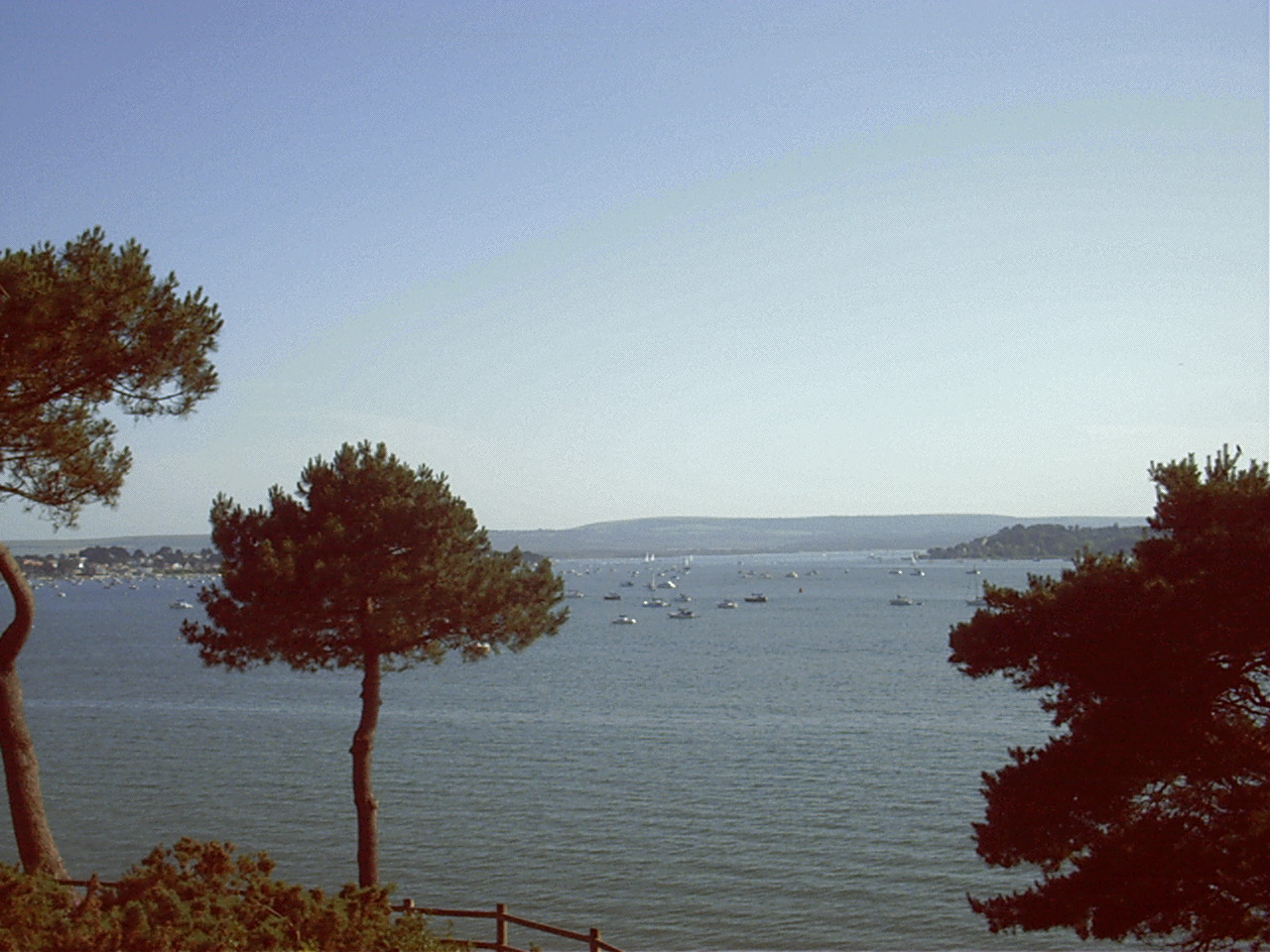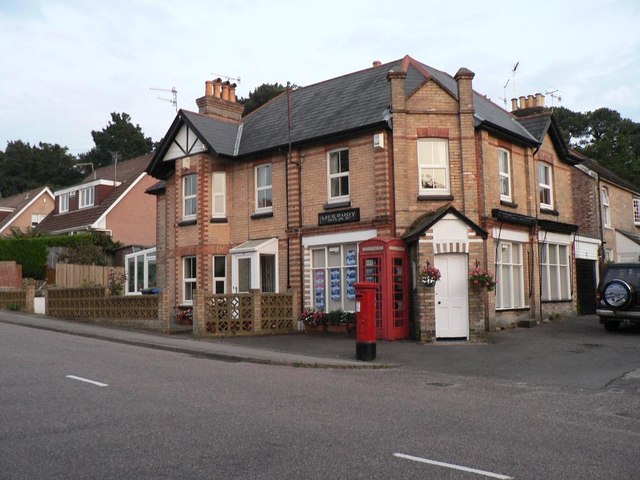Lilliput, Poole on:
[Wikipedia]
[Google]
[Amazon]
 Lilliput is a district of
Lilliput is a district of  Well known residents have included modernist writer
Well known residents have included modernist writer 

The Poole Flying Boats
Lilliput's industrial past
About the name and the areas' development
*
The Dorset Village Book
'
Harry & Hugh Ashley, published by Countryside Book
{dead link, date=December 2017 , bot=InternetArchiveBot , fix-attempted=yes
Google Earth view
Google Maps view
Salterns from above
'About Lilliput' presentation'
''
Iris A Morris (1999) *
'Parkstone-on-Sea
'
Poole
Poole () is a large coastal town and seaport in Dorset, on the south coast of England. The town is east of Dorchester and adjoins Bournemouth to the east. Since 1 April 2019, the local authority is Bournemouth, Christchurch and Poole Council ...
, Dorset
Dorset ( ; archaically: Dorsetshire , ) is a county in South West England on the English Channel coast. The ceremonial county comprises the unitary authority areas of Bournemouth, Christchurch and Poole and Dorset. Covering an area of ...
. It borders on Sandbanks
Sandbanks is an affluent neighbourhood of Poole, Dorset, on the south coast of England, situated on a narrow spit of around 1 km2 or 0.39 sq mi extending into the mouth of Poole Harbour.
It is known for its high property prices and for it ...
, Canford Cliffs
Canford Cliffs is a suburb of Poole in Dorset, England. The neighbourhood lies on the English Channel coast midway between Poole and Bournemouth. To the southwest is Sandbanks which has some of the highest property values in the world; with Can ...
, Lower Parkstone
Parkstone is an area of Poole, Dorset. It is divided into 'Lower' and 'Upper' Parkstone. Upper Parkstone - "Up-on-'ill" as it used to be known in local parlance - is so-called because it is largely on higher ground slightly to the north of th ...
, and Whitecliff and has a shoreline within Poole Harbour
Poole Harbour is a large natural harbour in Dorset, southern England, with the town of Poole on its shores. The harbour is a drowned valley ( ria) formed at the end of the last ice age and is the estuary of several rivers, the largest being th ...
with views of Brownsea Island
Brownsea Island is the largest of the islands in Poole Harbour in the county of Dorset, England. The island is owned by the National Trust with the northern half managed by the Dorset Wildlife Trust. Much of the island is open to the public an ...
and the Purbeck Hills
The Purbeck Hills, also called the Purbeck Ridge or simply the Purbecks, are a ridge of chalk downs in Dorset, England. It is formed by the structure known as the Purbeck Monocline. The ridge extends from Lulworth Cove in the west to Old H ...
.
Brownsea Island stands opposite Lilliput's harbour foreshore and is famous as the birthplace of Baden Powell's International Scouting Movement. Lilliput itself was host to a number of early scouting camps. During the Second World War
World War II or the Second World War, often abbreviated as WWII or WW2, was a world war that lasted from 1939 to 1945. It involved the World War II by country, vast majority of the world's countries—including all of the great power ...
at one stage it provided Britain's only civilian air route: Poole Harbour was temporary home to the Imperial Airways/BOAC flying boat fleet, which had its passenger HQ at Salterns Marina. Well known residents have included modernist writer
Well known residents have included modernist writer Mary Butts
Mary Francis Butts, (13 December 1890 – 5 March 1937) also Mary Rodker by marriage, was an English modernist writer. Her work found recognition in literary magazines such as '' The Bookman'' and ''The Little Review'', as well as from fellow mo ...
, a very young John le Carre and disc-jockey Tony Blackburn
Anthony Kenneth Blackburn (born 29 January 1943) is an English disc jockey, singer and TV presenter. He first achieved fame broadcasting on the pirate stations Radio Caroline and Radio London in the 1960s, before joining the BBC, on the BBC ...
. Impresario Fred Karno
Frederick John Westcott (26 March 1866 – 17 September 1941), best known by his stage name Fred Karno, was an English theatre impresario of the British music hall. As a comedian of slapstick he is credited with popularising the custar ...
who popularised the custard-pie-in-the-face comedy routine spent his last years in the village as a part-owner of an off-licence, bought with financial help from Charlie Chaplin, and died here in 1941 aged 75.
Evening Hill is at the edge of Parkstone Bay.

Development
The area occupying the northern shore of Poole Harbour was often referred to by the Victorians as "Parkstone
Parkstone is an area of Poole, Dorset. It is divided into 'Lower' and 'Upper' Parkstone. Upper Parkstone - "Up-on-'ill" as it used to be known in local parlance - is so-called because it is largely on higher ground slightly to the north of th ...
-on-Sea". Mary Butts
Mary Francis Butts, (13 December 1890 – 5 March 1937) also Mary Rodker by marriage, was an English modernist writer. Her work found recognition in literary magazines such as '' The Bookman'' and ''The Little Review'', as well as from fellow mo ...
wrote about the local landscape and her childhood in one of the old mansions at the turn of the twentieth century in her autobiography ''The Crystal Cabinet: my childhood at Salterns'' (1937). Her great-grandfather had been a principal patron of the English romantic poet and artist William Blake
William Blake (28 November 1757 – 12 August 1827) was an English poet, painter, and printmaker. Largely unrecognised during his life, Blake is now considered a seminal figure in the history of the poetry and visual art of the Romantic Age. ...
, and her Lilliput home housed a large collection of Blake paintings (now in Tate Britain
Tate Britain, known from 1897 to 1932 as the National Gallery of British Art and from 1932 to 2000 as the Tate Gallery, is an art museum on Millbank in the City of Westminster in London, England. It is part of the Tate network of galleries in E ...
). The autobiography took its title from one of Blake's poems. She adored the area and was critical of the kind of development then taking place in Lilliput and Poole–Parkstone–Bournemouth
Bournemouth () is a coastal resort town in the Bournemouth, Christchurch and Poole council area of Dorset, England. At the 2011 census, the town had a population of 183,491, making it the largest town in Dorset. It is situated on the English ...
, which she thought soulless, and far from the " garden city" it could be. Aside from an enclave behind Evening Hill, a local beauty spot with panoramic views over Poole Harbour, modern development started in the later 1920s as more of the older estates were sold for suburban projects. A number of distinctive art-deco homes were built, including the landmark Salterns Court building at the new shopping parade.
Before its development as a residential and recreational area there had been industrial projects at Salterns, which had been the district's local name. Some claim a connection to Jonathan Swift
Jonathan Swift (30 November 1667 – 19 October 1745) was an Anglo-Irish satirist, author, essayist, political pamphleteer (first for the Whigs, then for the Tories), poet, and Anglican cleric who became Dean of St Patrick's Cathedral, ...
and his novel ''Gulliver's Travels
''Gulliver's Travels'', or ''Travels into Several Remote Nations of the World. In Four Parts. By Lemuel Gulliver, First a Surgeon, and then a Captain of Several Ships'' is a 1726 prose satire by the Anglo-Irish writer and clergyman Jonathan ...
'', and there are local streets which have associated names. The name "Lilliput" probably derives from Lilliput House, an old country mansion built near Evening Hill, which may have been owned by renowned smuggler Isaac Gulliver or one of his relatives.
Lilliput is host to a number of sailing clubs based on the harbour shoreline. A recent proposal for a major redevelopment at Salterns Marina, has sparked controversy about who will benefit from this. Despite strong local opposition Poole Councillors approved the scheme in May 2016, with planning chairman Pawlowski claiming "this town needs to protect its economy and to provide jobs ... we should be taking advantage of our harbour to promote and help our area .” An idea of contemporary Lilliput can be gained by following the local circular walk (1c) described by Poole Harbour Trails.
Today
Recent years have seen many new property development projects, especially in water frontage or harbour view locations, and often earlier buildings have been replaced entirely. Lilliput is home to a hotel 'Salterns Harbourside', the Lilliput C of E Infants First School, and an Anglican church 'The Church of the Holy Angels'. A recent census (2005) indicated the number of electors as 3048 with the largest single group (29%) being 65+yrs of age, the majority of homes are privately owned, and a significant number of homes (22%) are households of one member who is a pensioner; many households (14%) consist of married couples with dependent children; most residents who work are professional people and many work in Poole or Bournemouth. The dilemma of development is described in ''The Dorset Village Book'': "much of Lilliput's woodland has disappeared, the sound of saws rasping through the trunks as prominent as the speeding traffic along the road to Sandbanks. Almost every inch of this beautiful place has been sacrificed to the builders and even parts of the cliff-face have been built on. Who can blame anyone for wanting to come here to live, to enjoy the rich sunsets over Wareham Channel, to smell the sweet cool breezes which waft in from the bay, and to marvel at the view across Poole Harbour and Brownsea Island. To many, this is paradise."
References
External links
(''click on any image to view in media-viewer'')The Poole Flying Boats
Lilliput's industrial past
About the name and the areas' development
*
The Dorset Village Book
'
Harry & Hugh Ashley, published by Countryside Book
{dead link, date=December 2017 , bot=InternetArchiveBot , fix-attempted=yes
Google Earth view
Google Maps view
Salterns from above
'About Lilliput' presentation'
''
Iris A Morris (1999) *
'Parkstone-on-Sea
'